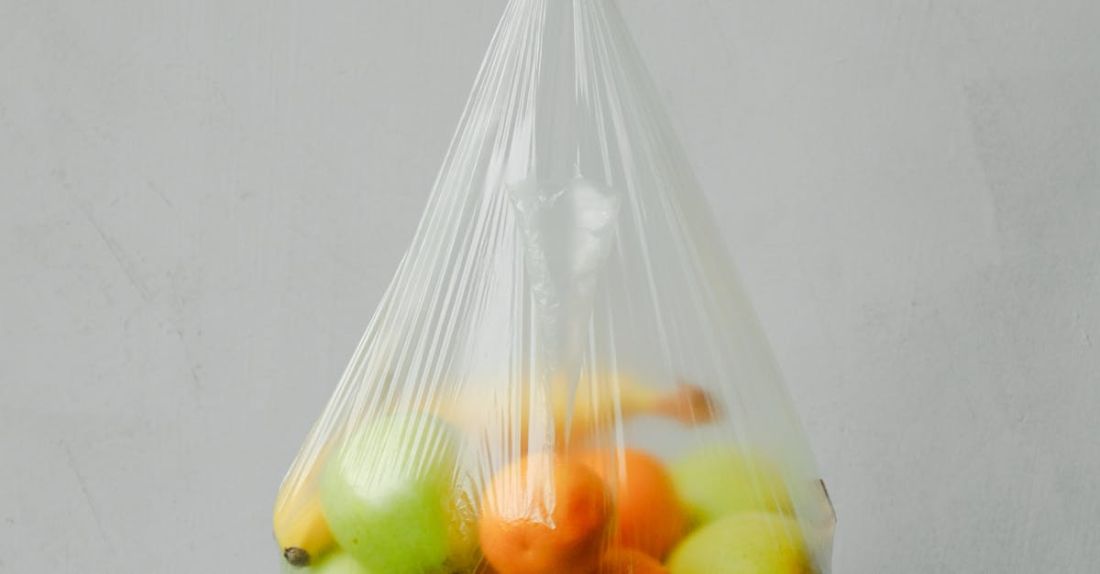
Composting food waste is a sustainable practice that helps reduce the amount of organic waste sent to landfills while also creating nutrient-rich soil for gardening and farming. By diverting food scraps from the trash and allowing them to decompose naturally, we can contribute to a healthier environment and reduce greenhouse gas emissions. However, to ensure successful composting of food waste, it is essential to follow best practices that promote efficient decomposition and minimize odors and pests. In this article, we will explore some of the best practices for composting food waste to help you get started on your composting journey.
Choosing the Right Composting Method
There are various methods of composting food waste, each with its own set of benefits and requirements. The most common methods include backyard composting, vermicomposting (composting with worms), and bokashi composting. When deciding which method to use, consider factors such as the amount of food waste you generate, the space available for composting, and your level of commitment to the process.
Backyard composting is suitable for those with a garden or yard space where a compost bin or pile can be established. This method involves layering food scraps with yard waste such as leaves and grass clippings to create a balanced environment for decomposition. Vermicomposting, on the other hand, is ideal for those with limited outdoor space or those looking for a more compact composting solution. By using red wiggler worms to break down food waste, vermicomposting can be done indoors or in small outdoor bins.
Properly Sorting Food Waste
To ensure successful composting, it is important to properly sort food waste before adding it to your compost pile or bin. Only certain types of food waste are suitable for composting, such as fruit and vegetable scraps, coffee grounds, eggshells, and bread. Avoid adding meat, dairy, oily foods, and pet waste to your compost, as these can attract pests and slow down the decomposition process. By sorting your food waste properly, you can create a healthy environment for beneficial microorganisms to break down organic matter efficiently.
Maintaining the Right Balance of Ingredients
Successful composting relies on achieving the right balance of ingredients in your compost pile. A good compost pile should contain a mix of “greens” and “browns.” Greens refer to nitrogen-rich materials such as food scraps and grass clippings, while browns are carbon-rich materials like leaves, straw, and paper. By layering greens and browns in your compost pile, you provide a diverse food source for microorganisms and promote proper airflow and moisture retention.
Turning and Aerating the Compost Pile
Regularly turning and aerating your compost pile is crucial for promoting decomposition and preventing odors. Turning the pile with a pitchfork or shovel helps mix the materials, introduce oxygen, and maintain an even temperature throughout the pile. Aerating the compost allows beneficial bacteria to thrive and break down organic matter more efficiently. Aim to turn your compost pile at least once a week to ensure that all parts of the pile receive adequate airflow and moisture.
Monitoring and Adjusting Compost Moisture Levels
Proper moisture levels are essential for successful composting. A compost pile that is too dry will decompose slowly, while a pile that is too wet can become anaerobic and produce foul odors. Aim for a moisture level in your compost pile that is similar to a wrung-out sponge – damp but not dripping. If your compost pile is too dry, add water in small increments. If it is too wet, mix in more browns such as shredded paper or dry leaves to absorb excess moisture.
Harvesting and Using Finished Compost
Once your compost pile has broken down into a dark, crumbly material that smells earthy, it is ready to be used in your garden or landscaping projects. Harvest the finished compost by sifting out any large or unfinished materials and transferring the mature compost to your garden beds or containers. Incorporating compost into your soil helps improve soil structure, fertility, and water retention, leading to healthier plants and increased microbial activity.
Incorporating compost into your gardening practices is a sustainable way to recycle food waste and improve soil health. By following these best practices for composting food waste, you can create nutrient-rich compost that benefits your garden while reducing your environmental impact. Start small, experiment with different methods, and enjoy the process of turning waste into a valuable resource for your plants and the planet. Happy composting!





